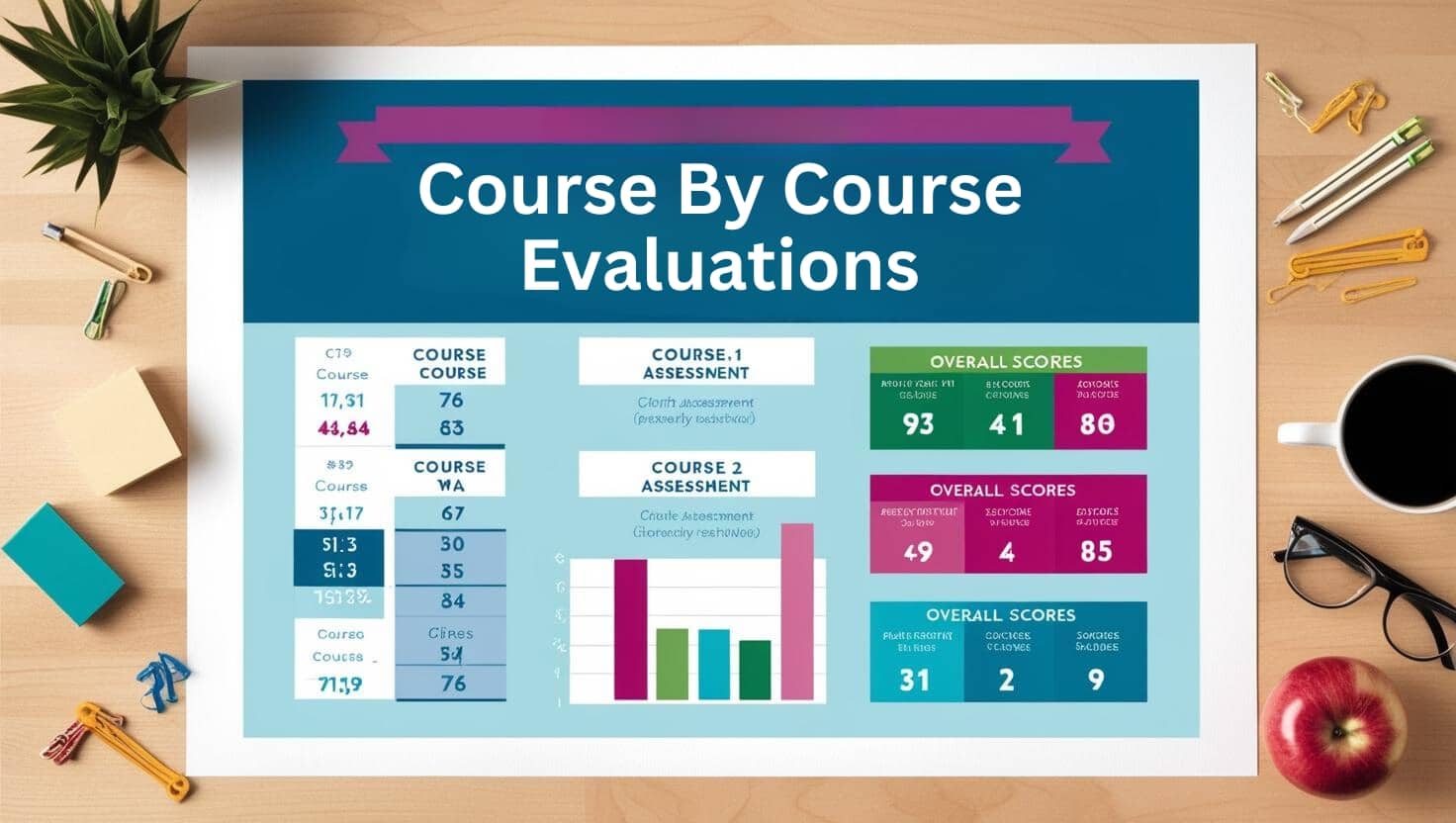Introduction
In today's globalized world, higher education credentials are increasingly valued across nationwide boundaries. Lots of people look for to further their careers or pursue instructional chances in different nations, demanding a comprehensive understanding of their scholastic credentials. This is where international credential evaluation services come into play, helping both individuals and establishments in validating the authenticity and similarity of international scholastic credentials.
Among the various techniques of credential analysis, the course-by-course credential evaluation attracts attention as a careful approach that supplies a comprehensive evaluation of a person's educational records. This article will certainly explore the subtleties of course-by-course evaluations, detailing what they require, why they are very important, and how they can influence one's profession trajectory.

What is Course‑by‑Course Credential Evaluation?
Definition and Purpose
A course-by-course credential evaluation involves a detailed examination of each course noted on an academic records. This assessment not just equates grades and credit scores but likewise assesses the content and rigor of each training course taken by the pupil. The key objective is to identify exactly how these training courses align with instructional criteria in one more country.
Importance of Course‑by‑Course Evaluations
Why is it important to perform a course-by-course evaluation? For individuals preparing to examine or function abroad, this type of assessment can provide beneficial understandings right into just how their previous scholastic experiences equate in a brand-new context. It helps establishments in making informed decisions about admissions, hiring, or licensure.
The Refine of Course‑by‑Course Credential Evaluation
Step 1: Record Collection
The primary step in any academic credential evaluation procedure is accumulating needed records. This generally consists of:
- Official transcripts Degree certificates Course syllabi (if readily available)
Having these documents all set improves the analysis process.
Step 2: Evaluation and Analysis
Once records are accumulated, critics thoroughly assess them for authenticity and efficiency. Each course is analyzed based on several criteria:
- Credit Hours: How many credit reports were designated to every course? Grades: What qualities were achieved? Course Web content: What topics were covered?
Step 3: Comparison with Local Standards
After extensive analysis, critics contrast the courses versus local academic criteria. They might reference resources such as:
- National databases Accreditation bodies Institutional guidelines
This comparison assists determine similarity levels for each course.
Step 4: Report Generation
Finally, evaluators compile their searchings for into a thorough report that lays out:
Total credit scores earned. Equivalent courses at local institutions. Grading ranges comparisons.This record acts as an official document that can be offered to schools or employers.
Benefits of Course‑by‑Course Credential Evaluations
Enhanced Recognizing of Academic Background
One main benefit is that students gain clearness on how their international education and learning aligns with local expectations. This understanding outfits them for far better decision-making concerning further studies or job applications.
Increased Employability
Many employers call for prospects to have reviewed credentials when thinking about applicants from abroad. A favorable examination can significantly enhance employability prospects.
Facilitates Admission to Educational Programs
For students wishing to register in level programs, having an in-depth examination assists organizations examine whether applicants fulfill access needs a lot more effectively.
Work Experience Examination vs. Course-by-Course Credential Evaluation
What is Work Experience Evaluation?
A work experience evaluation focuses on examining specialist experiences instead of academic success. It analyzes skills gotten with work as opposed to official education.
Key Distinctions Between Evaluations
|Function|Course-by-Course Credential Analysis|Job Experience Analysis|| ---------------------------|---------------------------------------|----------------------------|| Focus|Academic courses|Professional experience|| Documents Called for|Records and curricula|Employment letters|| Outcome|Academic similarity|Skill acknowledgment|
Understanding these distinctions aids individuals in picking which sort of analysis fits their needs best.
Expert Opinion Letters
Importance of Specialist Opinion Letters
An expert viewpoint letter function as an extra layer of validation for analyses, especially when unique situations develop-- like unaccredited organizations or non-traditional educational experiences.
How They Are Used
These letters can support applications by giving insights from experts who examine credentials based on industry requirements or details institutional requirements.
Common Misconceptions Regarding Credential Evaluations
Myth 1: All Assessments Are Developed Equal
Not all evaluations hold the very same weight; various companies have varying methodologies and approval prices amongst institutions.

Myth 2: Only Degrees Matter
While degrees are critical, many employers value skills acquired via job experience similarly-- and this highlights the value of work experience analyses together with scholastic assessments.

FAQs Regarding Course‑by‑Course Credential Evaluation
What papers do I need for a course-by-course credential evaluation?- You normally require official transcripts, degree certifications, and potentially course curricula if available.
- The duration differs by provider but normally ranges from a couple of weeks to numerous months depending upon complexity.
- Yes! A lot of employers acknowledge evaluated credentials when making employing decisions.
- Generally talking, indeed; as a result of its in-depth nature and complete analysis.
- Not all; it's crucial to inspect certain institutional needs before applying.
- It's best to clarify any type of disparities with your organization before submission; critics may flag disparities affecting your assessment.
The Function of Various Stakeholders in Credential Evaluation
Educational Institutions
Institutions depend on precise examinations to admit qualified prospects while guaranteeing conformity with accreditation standards.
Employers
Employers make use of assessments to validate possible hires' qualifications accurately-- enhancing trust during recruitment processes.
Government Bodies
Some government companies need credential assessments for immigration functions; hence playing an essential function in global mobility.
Conclusion
In summary, navigating the intricacies surrounding international education and learning requires complete understanding and competence-- both discovered within the world of credential assessments specifically focused on https://jsbin.com/lohoticeco courses taken throughout one's scholastic journey. A course-by-course credential evaluation not only lights up private success but also promotes chances throughout boundaries via boosted employability and educational access.
As globalization proceeds forming our world, investing time into comprehending these subtleties can verify vital for those looking toward worldwide perspectives-- whether academically or skillfully oriented! Always bear in mind that you have options offered-- so make notified decisions concerning your future!